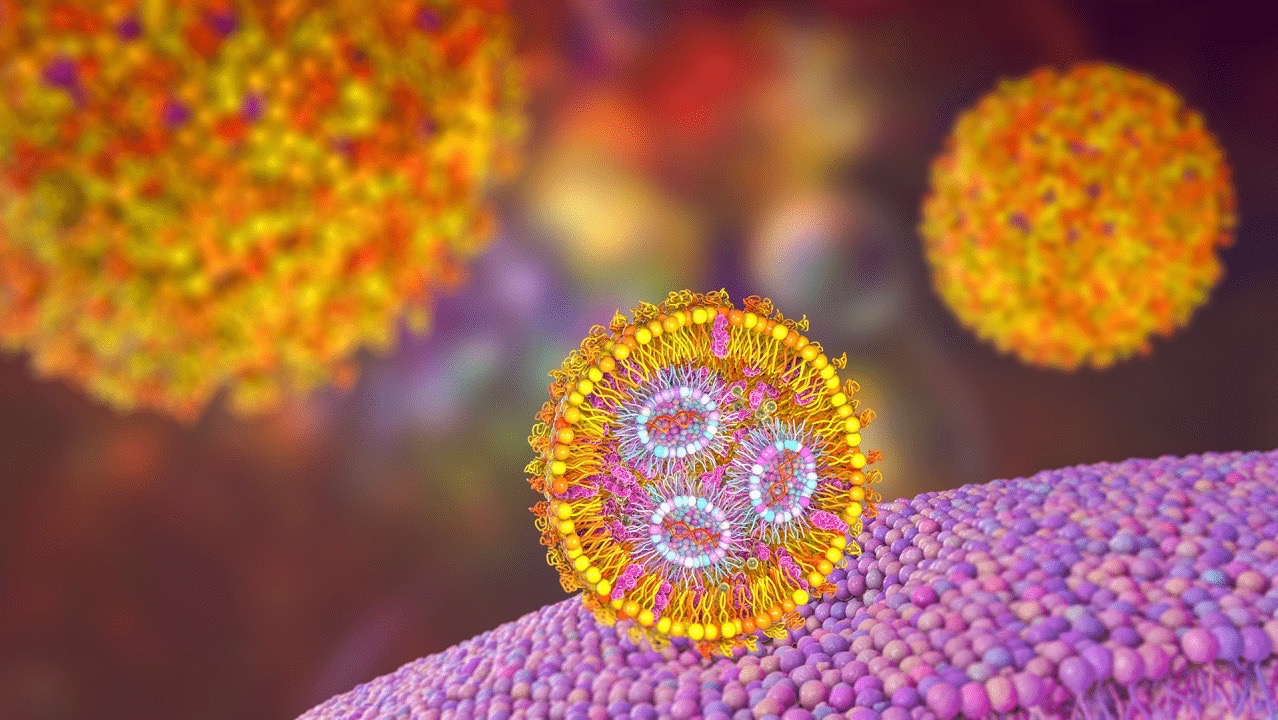In the field of biomedicine, therapeutic oligonucleotides represent a real revolution. These synthetic DNA or RNA molecules are designed to interact with genetic material and regulate, inhibit or correct the expression of specific genes. Their precision and efficacy have opened the door to treatments that, until recently , were unthinkable, especially for rare diseases, until recently, were unthinkable, especially for rare diseases. Rare diseases, which affect a small percentage of the population, are often genetic in origin, making it difficult to develop effective treatments, are often genetic in origin, making it difficult to develop effective treatments. This is where therapeutic oligonucleotides excel: by acting directly on the genetic basis of these pathologies, offer a personalised and targeted solution. From neuromuscular disorders such as spinal muscular atrophy to rare genetic diseases such as hereditary amyloidosis, these therapies are making a difference in precision medicine. In addition to their efficacy, therapeutic oligonucleotides are proving to be a versatile and adaptable tool. Thanks to advances such as those made by innovative projects like OLIGOFASTX, strategies are being developed to optimise their design, production production and delivery, ensuring their safe and efficient application in patients. You can explore more about oligonucleotide therapeutics and their impact on rare their impact on rare diseases on the website of OLIGOFASTX.
Frequently asked questions on therapeutic oligonucleotides
We answer the most frequently asked questions in this area of research and knowledge.
What are therapeutic oligonucleotides?
Therapeutic oligonucleotides are DNA or RNA molecules designed to interact with the genetic material of a cell to produce a therapeutic effect. Unlike conventional drugs, which act on proteins, these oligonucleotides modulate the expression of specific genes, offering a novel approach to treat a variety of diseases. You can read the full article on this topic here.
What types of therapeutic oligonucleotides are there?
The main types include:
- Antisenseoligonucleotides (ASO): Inhibit translation of messenger RNA to modulate protein production.
- Small interferingRNA (siRNA): They degrade specific mRNAs, acting as “molecular scissors “.
- MicroRNA (miRNA): regulate gene expression by binding to mRNA.
- Aptamers: Sequences that fold into three-dimensional structures and bind to specific proteins.
For more details on the types of oligonucleotides, see the full article here.
Which diseases can be treated with therapeutic oligonucleotides?
These treatments have a wide spectrum of applications, from rare genetic diseases to more common conditions. These include diseases such as amyotrophic lateral sclerosis (ALS) and geographic atrophy, where oligonucleotides have shown great potential. Find out more about the applications of these treatments here.
What is the OLIGOFASTX project?
OLIGOFASTX is a multidisciplinary consortium that brings together Spanish biotech companies to develop sustainable oligonucleotide-based therapies. This project covers all stages, from basic research to clinical application. You can read more about this innovative project here.
How is artificial intelligence (AI) applied in this field?
AI facilitates the analysis of large amounts of data, enabling more efficient design of therapeutic oligonucleotides. This technology speeds up the process and improves precision in the creation of personalised treatments. Explore the use of AI in this context here.
What is the delivery of therapeutic oligonucleotides?
Delivery refers to strategies to ensure that oligonucleotides reach target cells in sufficient quantities. This includes overcoming natural barriers in the body, such as degradation in the bloodstream. For more information on delivery strategies, see this article here.
What release strategies are used?
Some strategies include:
- Nanotechnology: nanoparticle delivery to protect and target the oligonucleotide.
- Bioconjugation: binding to specific molecules that facilitate their transport and action in target cells.
Learn more about these advanced techniques here.
What does the preclinical development of these treatments consist of?
Preclinical development involves testing the efficacy and safety of oligonucleotides in in vitro and animal models. This step is essential to ensure their feasibility before advancing to clinical trials. Read more about preclinical development here.
How does oligonucleotide synthesis occur?
Oligonucleotide synthesis involves the construction of specific strands of nucleic acids using chemical and biotechnological techniques. of nucleic acids using chemical and biotechnological techniques. This process guarantees the purity and efficacy of the final product. Discover the details of the synthesis process here.
How many therapeutic oligonucleotides are currently approved?
As of 2023, 20 therapeutic oligonucleotides have been approved, including innovative treatments such as RNA aptamers and siRNA. For a detailed overview of recent approvals, see this article here.
Which researchers have been pioneers in this field?
Notable researchers include Severo Ochoa, who identified the key enzymes in RNA synthesis, and Marshall Nirenberg and Heinrich Matthaei, who pioneered the deciphering of the genetic code of living organisms. In addition, the work of James Watson, Francis Crick, Maurice Wilkins and Rosalind Franklin on the structure of DNA laid the foundations of molecular genetics. More recently, David Bartel contributed to the study of microRNAs, key small molecules in gene regulation, while Andrew Fire and Craig Mello revolutionised the field by discovering small interfering RNAs (siRNAs), essential tools for gene research and therapy. Advances in therapeutic oligonucleotides have been made possible through the collaboration of innovative researchers and companies where initiatives such as OLIGOFASTX have marked important milestones in this area. Find out more about the pioneers in this field in our blog.

 Español
Español

